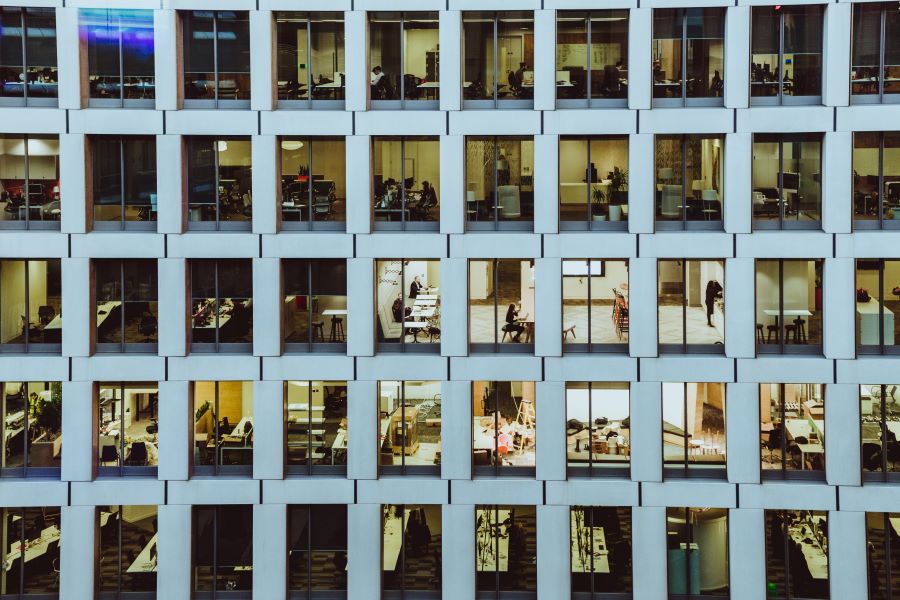3 Best Uses of Occupancy Sensors in Commercial Buildings
Occupancy sensor technology can help your buildings operate more efficiently

Today, there are plenty of commercial automation technologies available to help you manage your office buildings more efficiently. One of the simplest devices you can deploy in your Austin, TX business location is occupancy sensors, which use infrared radiation, sound waves, or a combination to detect the presence of people in a room.
Sensors range in sophistication from identifying a living presence to accurately counting the number of people in the room. Why is knowing this information useful? Because with the right systems and integrations in place, your business can use occupancy sensors to help reduce heating, cooling, and lighting costs, maintain building cleanliness, and analyze space utilization. Keep reading to learn more.
SEE ALSO: Beyond People Counting: Additional Benefits of Occupancy Sensors
Climate and Lighting Control
Climate and lighting control have long been popular uses for occupancy sensors in commercial settings. Room sensors integrated with a building’s lighting and HVAC systems can turn lights on and off, set the temperature, and activate the air conditioning or heating based on the room’s occupancy.
Sensors that automate lighting, temperature, and heating/cooling help businesses reduce energy waste from lights left on all day in empty rooms and air conditioning unnecessarily cooling unoccupied spaces. They’re most effective in bathrooms, conference rooms and huddle rooms, utility closets, break rooms, stairwells, and other places where there’s no need to maintain the environment if no one is present.
Over time, businesses that invest in sensor technology to trim excess energy expenditure can see considerable savings in overhead costs for maintaining buildings.
Facility Maintenance
In the wake of the pandemic that swept the globe in 2020, new emphasis is placed on office hygiene and sanitation. Occupancy sensors in high-touch places like bathrooms, meeting rooms, break rooms, and kitchenettes can help.
Advanced sensors can collect data on the exact number of people in a room, how long a room is occupied, and usage patterns throughout the day, week, or month. You can analyze this data to estimate when and how often bathrooms and break rooms need to be cleaned for optimal hygiene and when basic supplies need restocking. Your employees will feel safer and more comfortable knowing they always have access to clean facilities.
Building Data Analysis
Occupancy sensor data offers valuable insight into how efficiently your building operates and how effectively you’re utilizing available space. If data reveals that your conference rooms, huddle rooms, and workstations are being over or under-utilized, it may be time to consider scaling up or down. What about high-traffic areas — do you have the resources, oversight, and management processes in place to ensure smooth movement through your facility? Analyzing occupancy and traffic patterns helps ensure you’re making the most of the space you have.
Commercial automation technologies like occupancy sensors can improve your Austin, TX business in multiple ways. Learn more about our smart solutions for businesses by calling (877) 418-ASAP, going to our contact page , or chatting with a customer service associate below.